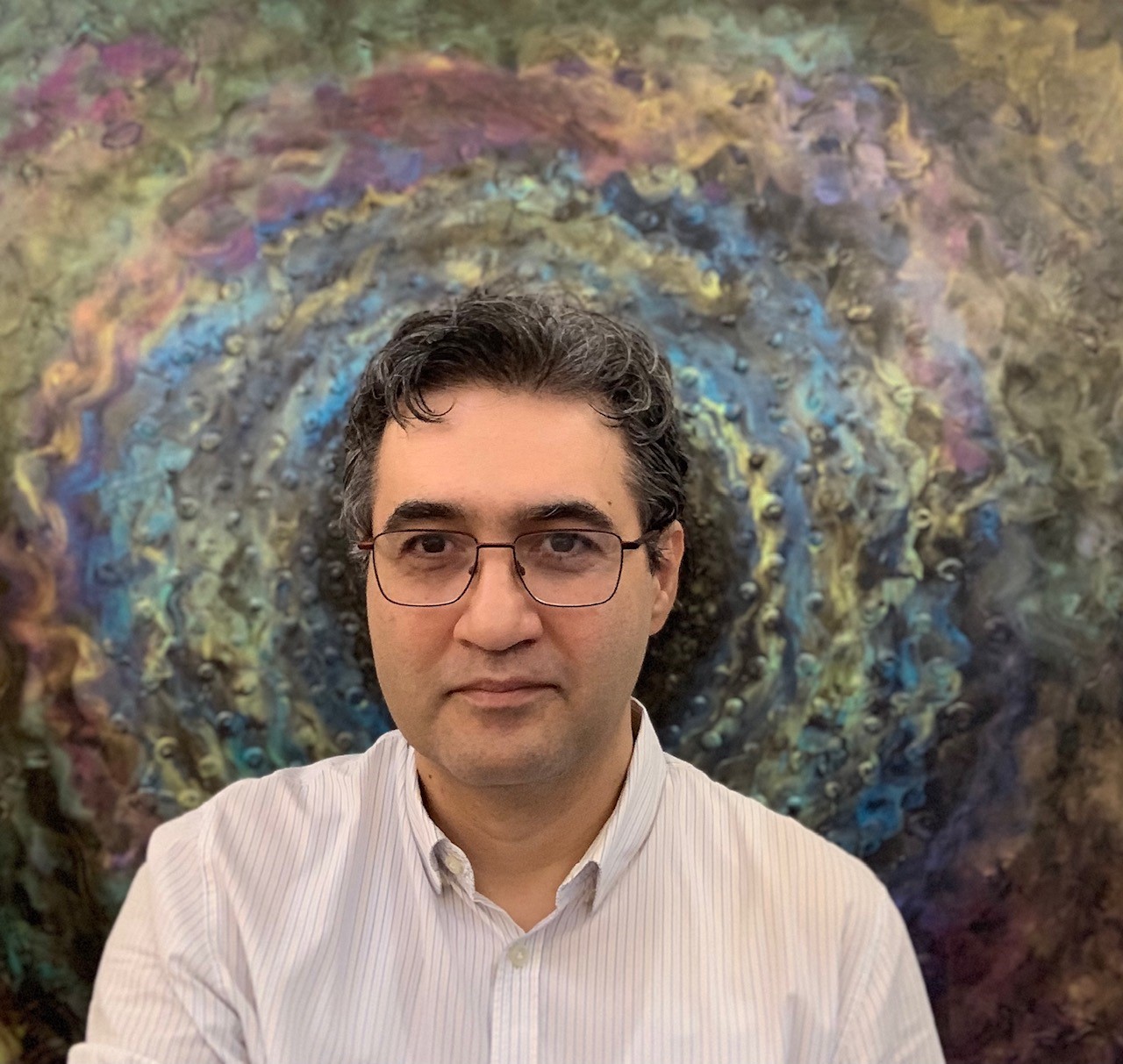PART III: You rebuild the country, I will rebuild my pocket
2 June 1989. Mehdi and I were at his house. We were preparing for our anatomy exam the next day when he turned on the TV for a short break and we heard the news.
Our beloved Imam Khomeini’s condition has deteriorated in the past few hours. Hereby we implore his followers and the whole nation to pray for him, asking God to cure him and keep his blessed existence for the Islamic Nation.
He had been hospitalized a few days earlier because of cancer induced internal bleeding and no one had doubted his recovery. It wasn’t the first time he had been hospitalized and the best doctors in the country tended him. We turned off the TV and thought nothing of the crowd around his house praying for his return. I was completely preoccupied with my own worries: the exam was hours away and I had a lot of ground to cover.
I was still in Mehdi’s room at daybreak and far from confident. What the hell was Ligamentum arteriosum and why did I need to know about it?
Suddenly Mehdi rushed in, clutching his dad’s small radio.
‘ Enna Lellah va Enna Elaiheh Raje’oon…’ (Truly! To Allâh we belong and truly, to Him we shall return).
Ayatollah Rouhollah Khomeini was dead!
I threw aside my textbook, petrified by this simple but unbelievable piece of news. Everything was going to change. The Imam’s earthly remains were to be kept at Tehran’s Grand Musalla (prayer centre) prior to the burial so that his admirers could pay their last respects and bid him farewell. I knew I had to go. The number of people at an Iranian funeral is in some measure a reflection of the person’s righteousness in life.
I had doubts about whether Khomeini had been a good man but the millions who attended his funeral did not. I went to the Musalla early in the morning but couldn’t get closer than three miles from the body. But I was patient, unlike the weeping thousands who jostled and trampled one another to get just an inch closer to their Imam. A dozen died over those three days, trampled under the feet of the multitudes thronging for a last glimpse of their leader. Their numbers swelled by the minute. As if all of Iran’s 60 million had erupted in a spontaneous pilgrimage towards Tehran. The police couldn’t control the mourners; it was the people themselves who took on the responsibility of maintaining order. Buffeted by the crowds, I kept asking myself what I was doing there. I wasn’t an admirer, nor was I the sort who attended funerals unless it was absolutely imperative that I do so. Then why, instead of staying at home and watching events unfold on TV, had I risked my life in the midst of this teeming crowd?
Didn’t I blame Khomeini for Ahmadreza’s death? For Reza Company’s? For Ebrahim’s? Even for Mr Moradi’s? Why was I there? I didn’t try to get close to the coffin. Abandoning my fate in the hands of the crowd, I let it carry me towards my destiny. I seemed to be floating on the angry waves of a river in full spate. I was lifted by the flood and, often, my feet lost touch with the ground. Suddenly I found myself a few yards away from his lifeless body. The white shroud, the black turban kept on his chest, the glass coffin . . . Why had they put him on display like that? Those hands, those feet, those clothes, kissed and admired for 11 years . . . adored, respected, worshipped, feared . . . but never loved. And I knew, then, why I was there. I was the only one who had loved that man. I felt a lump in my throat. He had saved me when I most needed consolation. He had always been there for me, in my thoughts. His actions, his decisions, his vanity, his cruelty, had broken my heart. But can a child hate Santa Claus when he finds out he isn’t real? The tyrant had reverted to my childhood guardian angel, the one who assured me with his deep, kind eyes that I needn’t worry about Azadeh. I bade farewell to the last remnant of my childhood and made my way back through the crazed crowd, wondering what the future held in store. Nothing would be the same, that was certain. To everyone’s surprise, the Council of Experts chose Ali Khamenei, President, as the Supreme Leader. He wasn’t even an Ayatollah but was immediately granted the title.
Rafsanjani, who won the presidential election, was the one who convinced the Council of Experts to do so. Imam Khomeini, he claimed, had once told him that Khamenei was the best choice for the position of Supreme Leader. They believed him without asking him the obvious: if Khomeini intended to appoint Khamenei as his successor, why had he not announced it or discussed it with anyone but Rafsanjani?
Rafsanjani began rebuilding the country by trying to repair’s Iran’s relations with the world and by initiating serious industrial reconstruction. Loans were made to manufacturers to build new factories and to expand Iran’s industrial base. That year, Agha-djoon, my grandfather, died.


